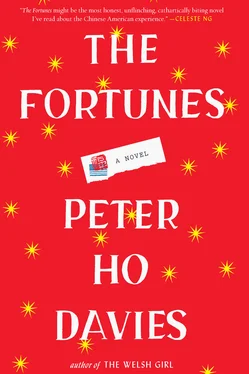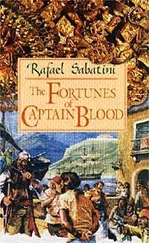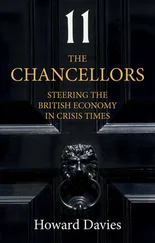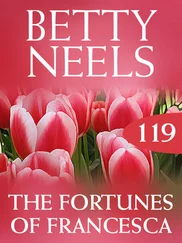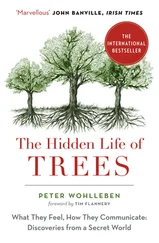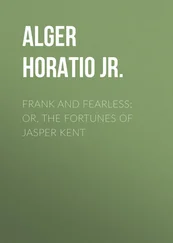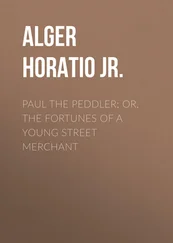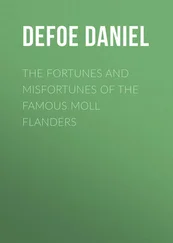To be given the high hat, in the jargon, was to be snubbed.
SIAMESE
“She never wanted to be just famous,” Browning said once. “She wanted to be white. I told her she was going to have to settle for being famous for being Chinese.”
Tod went on to make Dracula with Bela Lugosi, but his career had been all but ended by Freaks, his gothic circus melodrama featuring real sideshow performers, including a pair of Siamese twins.
She’d heard he’d considered Myrna Loy, Jean Harlow for the lead, but he’d never called his former lover. The Siamese twins were played by the Hilton sisters, Daisy and Violet, originally from Brighton, England. At parties, when she heard others express their outrage about the picture — one woman was suing MGM, claiming it had caused her miscarriage — she nodded, kidded, They couldn’t even get real Siamese!
SCRAPES
Browning was her second lover but the first to knock her up. A “flusher,” the whore in Chinatown she paid for pennyroyal pills called it. In England it was known as a “scrape,” back East “riding the Lightning” a reference to the notorious roller coaster. In France was best, she thought. There you saw the faiseuse d’anges, the angel-maker. But after that one, she was only able to get pregnant in movies.
There is a point on the sundeck, above the children’s playroom with its sandbox and slide, rocking horses all in a row, where she likes to linger, listening to their happy shrieks.
QUEUE
Her earliest memory was her father cutting off his queue. She was six. They were still in the house on Flower Street where she was born. News of the 1911 revolution was spreading through Chinatown. Three years earlier her father had given money to Sun Yat-sen, Father of the new Nation, at a rally. She cried when he cut it off, thought he was hurt, but he laughed, teeth bared, and told her he didn’t need it to go home any longer. Home? she said, and he said China, and she cried again because she thought he was leaving.
He’d taken, for a time, to wearing the fez of the fraternal order of laundrymen. She used to marvel at how he balanced it, wanted desperately to stroke the golden tassel.
She wore her own hair in braids as a child. In school, she told Doug, the boy sitting behind her used to dunk the tips in his inkwell, stick pushpins in her, tell her she had dirty ears.
“It ain’t your ears they’re going to be looking at now!” Doug beamed his famous grin.
She was smacked by her teachers if she spoke Chinese, but her father enrolled her in Chinese school when classes let out. Ten hours of studies each day.
“No wonder I played hooky, what?”
“Bad girl. You should be spanked.”
By then she was wearing her hair in the Child Flower style, lustrous bangs covering her forehead. It was to become her look, her take on the flapper’s bob. She wore it long past the point when she lost the virginity it traditionally denoted.
Combing it now before bed in the round vanity mirror that makes her look like she’s staring out a porthole, she recalls an even earlier memory: her father playing with her as a child, holding the tip of his queue to his lips, fluttering his fingers over it as if it were a flute, whistling music while she clapped, delighted. She searches the mirror for a trace of that child, but it’s as if she’s been smoothed away with cold cream.
She returns to her brushing, static sparking around her head as if in answer to the flicker of lightning on the dark horizon.
COSTARS
It’s hard to be a leading lady without leading men, and there were no Asian leading men. But over a thirty-year career she worked on stage and screen and radio in the U.S., England, and Germany with Douglas Fairbanks, Laurence Olivier, Orson Welles, and Lon Chaney, “man of a thousand faces.” She made a short with Laurel and Hardy and played vaudeville with Jack Benny. Alfred Hitchcock once threw a pie in her face. She taught Myrna Loy how to use chopsticks. She met Sinclair Lewis, Zora Neale Hurston, Somerset Maugham, Walter Benjamin (who described her hair, let down, as like “a dragon romping in water”), and the Prince of Wales. She stayed at the Algonquin at the same time as Gertrude Stein. She taught Constance Talmadge how to use chopsticks. Man Ray took her portrait. Cecil Beaton photographed her for Vanity Fair. Her supposed lovers included Fairbanks, Vincent Price, Tod Browning, Marlene Dietrich, and Leni Riefenstahl. Men and women, all white. She taught Loretta Young how to use chopsticks. When rumored to be engaged to the Korean contract player Philip Ahn, she said that “kissing him was like kissing her brother.” (Chinese boys, it seems, felt the same about kissing her, she was such a tomboy at school.) She never married. It would have been illegal for her to marry a white under California’s anti-miscegenation laws. “The only happiness is with one’s own race,” she affirmed in interviews. She taught Renée Adorée how to use chopsticks.
“Chinese in movies aren’t inscrutable,” she lamented drily. “They’re un screw able.” But in life the ban on mixed marriage made her the perfect mistress, one who could never expect to wed her lovers.
TRUTH AND BEAUTY
Such was the interest in her love life that she used to open press conferences by calling out over the reporter’s clamor, “It’s not true!”—a witticism that became her catchphrase. At premieres she’d climb out of her limousine and fans and reporters alike would chorus her name, just to hear her deliver the line. Searchlights scissored overhead. Like chopsticks, she thought, about to pinch up the morsel of the moon.
“We have a lot in common,” she used to kid the reporters. “My family business was dirty laundry too.”
FOOLISH THINGS
On their last night aboard, they beg her to sing with the band. Any requests? she asks, accepting another drink, and someone calls, “These Foolish Things.” It’s said it was written for her by a lover, the screenwriter and lyricist Eric Maschwitz. But she pouts, tells them she can’t quite recall the words.
A cigarette that bears a lipstick’s traces
A something, something, something, some-thing something
Oh how the ghost of you clings
These foolish things remind me of you
In bed one bright morning, Eric had told her the sun through the slit blinds ruled her skin like staff paper. He had written on her with his index finger.
But she knows the bawdy parodies and fears others do too:
Lipstick traces on an old French letter
A bout of pox that won’t get better
Oh, when I piss it stings
These foolish things remind me of you
Instead she offers them Noël Coward’s “Half-Caste Woman,” a staple of her cabaret act. The next morning they’ll dock in Shanghai and she’ll set foot in China for the first time.
ABROAD
She took a trip like this the last time her career stalled. That time to Europe. It was the making of her. “Everyone comes to Los Angeles to become a star,” she said on another occasion. “I had to leave.”
She met Paul Robeson and Josephine Baker.
She saw her first white prostitutes on the streets of Berlin.
She got to kiss her leading man on film.
She loved Europe, she concluded, because she found “absolutely no race prejudice” there.
She was photographed by Alfred Eisenstaedt at the Berlin Press Ball alongside Marlene Dietrich, cigarette holder clamped between the teeth of her smile, and Leni Riefenstahl.
The kiss was later cut “on moral grounds.”
There were fewer than eight hundred Chinese in Germany at the time, less than a thousand in England and France. Fewer in all three countries combined than at home in Los Angeles. She was less bound by stereotypes, more free to create her own.
Читать дальше
